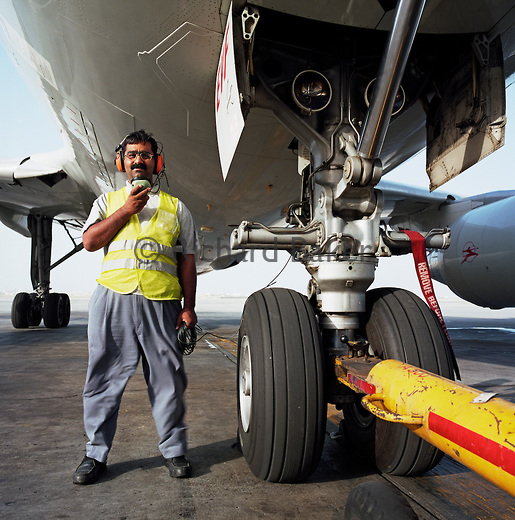When the pilot (PIC) of a large jet is cleared for pushback and start, how does he signal the tug to start towing the aircraft, and where to go to?
The pilot has to monitor the ground frequency the whole time, so is there a second radio for talking to the tug crew? Or perhaps a wired link between the aircraft and the tug?
Does he just tell them to "take us to start point alpha" or whatever, or does he have to give more detailed instructions?
Are the tug crew listening in to the instructions from the tower?
If the aircraft has to stop unexpectedly (because of an instruction from the tower, or because the pilot has a safety concern), how is this coordinated safely?

